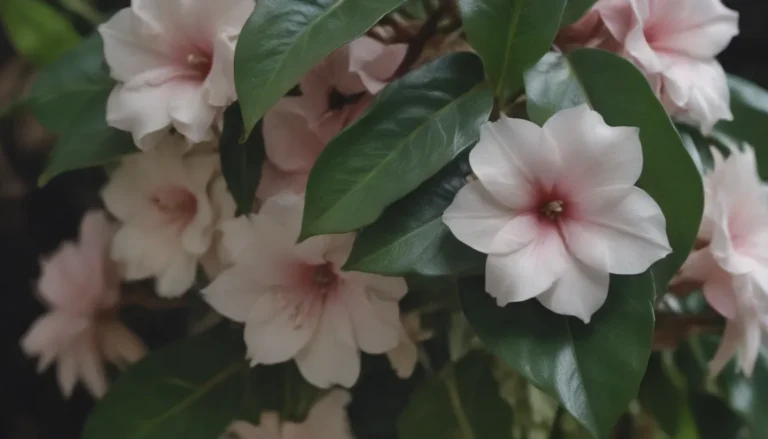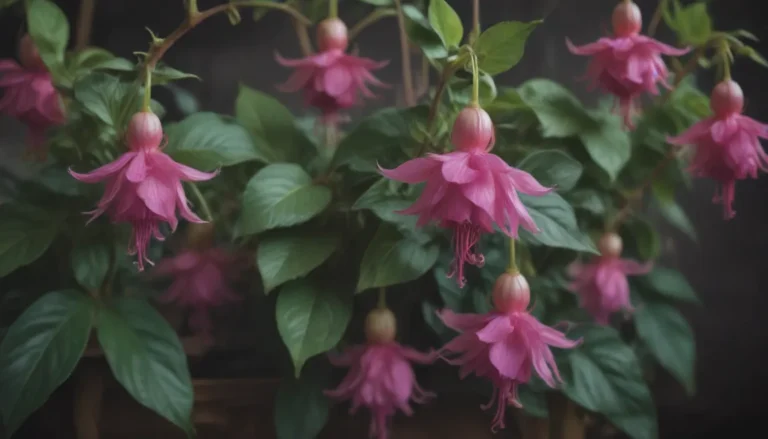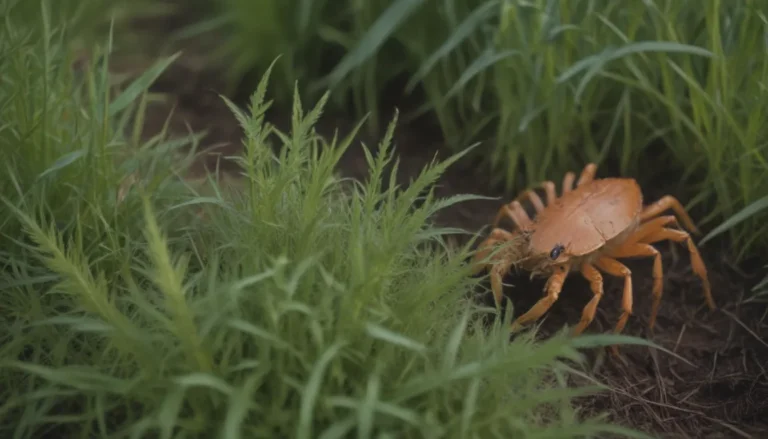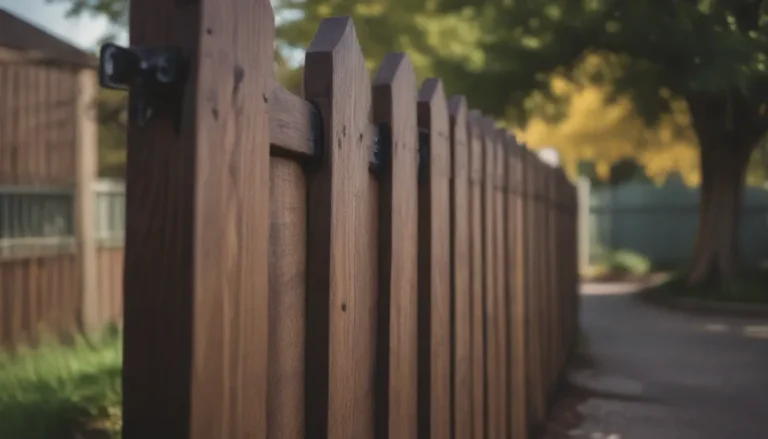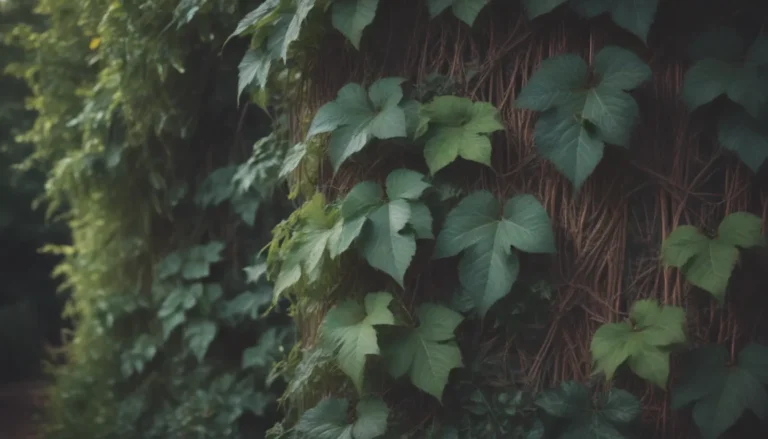Embrace the Sunshine: 18 Yellow-Flowering Plants to Brighten Your Garden
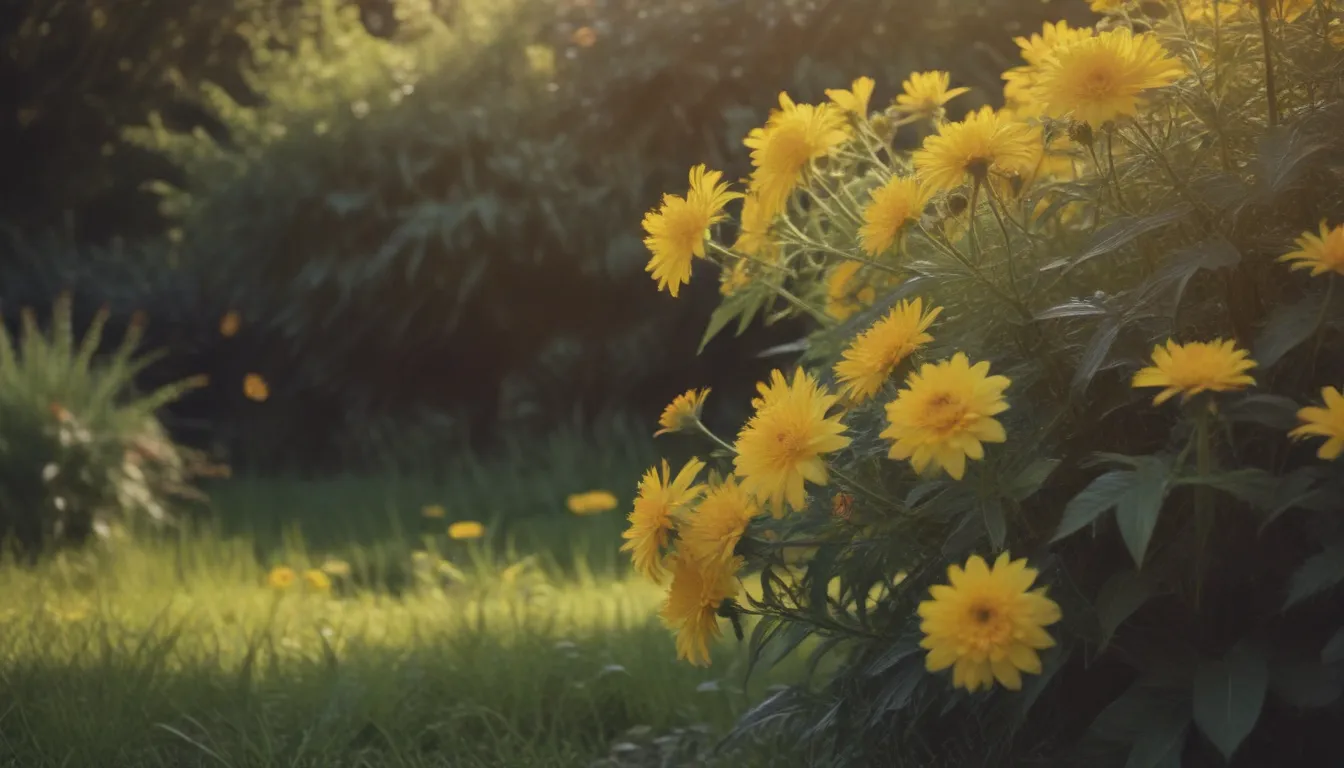
When it comes to adding a pop of color and sunshine to your garden, yellow flowers are the way to go. With their cheerful blooms, yellow-flowering plants can bring joy to any landscape, even on the cloudiest of days. Whether you’re looking to brighten up a shady corner or add a burst of color to a sunny spot, there are plenty of yellow-flowering options to choose from.
In this comprehensive guide, we’ll explore 18 fantastic choices for bulbs, annuals, perennials, and shrubs that boast gorgeous yellow blooms. From classic favorites like daffodils and forsythia to lesser-known gems like black-eyed Susans and globe centaurea, there’s a yellow flower for every garden style and preference.
So, grab your gardening gloves and get ready to transform your outdoor space into a vibrant oasis of yellow blooms. Let’s dive in and explore the wonderful world of yellow-flowering plants!
Daffodils (Narcissus spp.)
If there’s one flower that truly symbolizes the arrival of spring, it’s the daffodil. With their bright yellow blooms and trumpet-like shape, daffodils are a beloved favorite among gardeners. These easy-to-grow bulbs can last for decades, gradually spreading and creating a stunning display each spring.
- USDA Growing Zones:
- Color Varieties:
- Sun Exposure:
- Soil Needs:
Yellow Archangel (Lamiastrum galeobdolon)
For a touch of yellow in your shade garden, look no further than yellow archangel. This perennial plant features lovely yellow flowers and variegated leaves, adding a splash of color to darker corners of your yard. Keep in mind that yellow archangel can be invasive in some regions, so plant with caution.
- USDA Growing Zones:
- Color Varieties:
- Sun Exposure:
- Soil Needs:
Yellow Alyssum (Aurinia saxatilis)
Yellow alyssum is a spring-blooming ground cover that adds a charming touch of yellow to your garden. With its cascading habit and bright blooms, yellow alyssum pairs beautifully with other ground covers like creeping phlox. While it may struggle in hot, humid climates, yellow alyssum is worth the effort for its stunning spring display.
- USDA Growing Zones:
- Color Varieties:
- Sun Exposure:
- Soil Needs:
Golden Chain Tree (Laburnum × watereri)
If you’re looking for a tree with yellow blooms, consider the golden chain tree. This deciduous beauty boasts cascades of golden yellow flowers in late spring, creating a show-stopping display. Keep an eye on suckers to maintain the tree-like appearance of this gorgeous specimen.
- USDA Growing Zones:
- Color Varieties:
- Sun Exposure:
- Soil Needs:
Hybrid Witch Hazel (Hamamelis x intermedia)
For early spring blooms, turn to hybrid witch hazel. These deciduous shrubs or small trees produce ribbon-like yellow flowers before the leaves emerge, brightening up the late winter landscape. With varieties like ‘Arnold Promise’ offering fragrant flowers and stunning fall color, hybrid witch hazel is a must-have for any garden.
- USDA Growing Zones:
- Color Varieties:
- Sun Exposure:
- Soil Needs:
Japanese Rose (Kerria japonica)
Known for its golden yellow flowers and distinctive zig-zag branches, Japanese rose is a standout in any garden. This deciduous shrub blooms in early spring and boasts a long flowering period, making it a reliable choice for adding yellow color to your landscape. Prune after flowering to maintain its shape and encourage new growth.
- USDA Growing Zones:
- Color Varieties:
- Sun Exposure:
- Soil Needs:
Forsythia (Forsythia spp.)
A true herald of spring, forsythia is a deciduous shrub that bursts into bloom with masses of yellow flowers in early spring. These upright shrubs can reach varying heights, so be mindful of their spread in smaller yards. Watch out for spreading branches that root into the ground, and control them to maintain your garden’s layout.
- USDA Growing Zones:
- Color Varieties:
- Sun Exposure:
- Soil Needs:
Marsh Marigold (Caltha palustris)
Marsh marigold is a low-growing perennial with cheery yellow flowers that bloom above dark green leaves in spring. Thriving in moist areas, this native plant is perfect for adding a pop of yellow to streamsides and swamps. While the foliage is attractive, be cautious of the plant’s slight toxicity and tendency to go dormant in hot climates.
- USDA Growing Zones:
- Color Varieties:
- Sun Exposure:
- Soil Needs:
Iris (Iris spp.)
Irises come in a rainbow of colors, including stunning yellow varieties. Named after the rainbow goddess, iris plants feature sword-like leaves and tall flower stalks that emerge in early spring. While care requirements vary by type, all irises need well-draining soil to thrive. Add a splash of yellow to your garden with these elegant and vibrant blooms.
- USDA Growing Zones:
- Color Varieties:
- Sun Exposure:
- Soil Needs:
Stella d’Oro Daylily
For a reliable burst of yellow blooms, look no further than the Stella d’Oro daylily. This popular perennial boasts a long bloom period and repeat flowering throughout the summer. With its compact size, low maintenance requirements, and adaptability to various soil conditions, Stella d’Oro is a standout choice for any garden.
- USDA Growing Zones:
- Color Varieties:
- Sun Exposure:
- Soil Needs:
Yarrow (Achillea millefolium)
Yarrow isn’t just a medicinal herb—it’s also a stunning ornamental plant with flat-topped flower heads that capture attention. With a long bloom period from June to September, yarrow is a low-maintenance plant that thrives in sunny locations. Keep an eye on its spreading habit and remove self-seeded volunteers to prevent overcrowding.
- USDA Growing Zones:
- Color Varieties:
- Sun Exposure:
- Soil Needs:
Sunflower (Helianthus annuus)
Sunflowers are not just a favorite of birds—they’re also beloved by gardeners for their vibrant blooms and rapid growth. Whether you opt for towering varieties or compact, daisy-like flowers, sunflowers are a highlight in any garden. Plant seeds in the spring for a show-stopping display by mid-summer, and enjoy the seeds as a treat for local wildlife.
- USDA Growing Zones:
- Color Varieties:
- Sun Exposure:
- Soil Needs:
Black-Eyed Susans (Rudbeckia hirta)
Easy to grow and long-blooming, black-eyed Susans are a must-have for any garden. With their cheerful yellow flowers and daisy-like appearance, these perennials add a touch of whimsy to the landscape. Let them self-seed to perpetuate new plants, and enjoy their bright blooms from early summer through mid-autumn.
- USDA Growing Zones:
- Color Varieties:
- Sun Exposure:
- Soil Needs:
Globe Centaurea (Centaurea macrocephala)
For a striking addition to your garden, consider globe centaurea. This perennial species features thistle-like yellow flowers on tall stalks, creating a showy display in mid-summer. While it’s easy to grow, be mindful of its invasive tendencies in some regions. Consider using dried flowers in arrangements for a lasting touch of yellow in your home.
- USDA Growing Zones:
- Color Varieties:
- Sun Exposure:
- Soil Needs:
Arctic Poppies (Papaver nudicaule)
Make a statement in your garden with arctic poppies, featuring delicate yellow flowers that seem to float above the foliage. While they are short-lived perennials, arctic poppies are worth the effort for their unique charm and early summer blooms. Grow them from seed for a playful addition to your garden beds.
- USDA Growing Zones:
- Color Varieties:
- Sun Exposure:
- Soil Needs:
Azaleas (Rhododendron spp.)
Azaleas are a classic choice for adding yellow blooms to your garden. With a wide range of cultivars available, these woody shrubs offer a burst of color in spring and early summer. Ensure well-draining soil to prevent issues in heavy clay, and enjoy the array of yellow-flowering options to brighten your outdoor space.
- USDA Growing Zones:
- Color Varieties:
- Sun Exposure:
- Soil Needs:
Shrubby Cinquefoil (Potentilla fruticosa)
For a versatile and hardy shrub with yellow flowers, look no further than shrubby cinquefoil. This deciduous beauty blooms throughout the summer with star-shaped yellow flowers, adding a touch of sunshine to your landscape. Prune in early spring for a compact shape and contrast its fine-textured leaves with coarser plants for visual interest.
- USDA Growing Zones:
- Color Varieties:
- Sun Exposure:
- Soil Needs:
Marigolds (Tagetes spp.)
No list of yellow-flowering plants would be complete without mentioning marigolds. These annual flowers are known for their warm hues and fragrant blooms, making them a popular choice for summer gardens. Plant them among vegetables to deter pests and enjoy their cheerful blooms from summer through fall.
- USDA Growing Zones:
- Color Varieties:
- Sun Exposure:
- Soil Needs:
Garden Design Tip
When incorporating yellow flowers into your garden, consider contrasting them with blue and purple blooms for a complementary color scheme. Alternatively, mix them with warm tones like orange and red for a vibrant, cohesive look that will brighten your outdoor space.
In conclusion, yellow-flowering plants offer a myriad of options for gardeners looking to add a touch of sunshine to their landscape. With a mix of bulbs, annuals, perennials, and shrubs, there’s a yellow flower for every corner of your garden. From classic favorites like daffodils and forsythia to unique gems like globe centaurea and arctic poppies, the world of yellow blooms is as diverse as it is beautiful.
So, whether you’re a seasoned gardener or a novice enthusiast, consider adding some yellow-flowering plants to your outdoor space this season. With their cheerful colors and vibrant blooms, these plants are sure to brighten your day and bring a smile to your face. Happy gardening!
